The NCAA’s recent $2.77 billion settlement in the House v. NCAA antitrust case has cracked open the door to a new era of college athletics — one in which student-athletes may finally receive a direct share of the revenues they help generate. But the decision is also forcing schools across Nebraska and the country to grapple with new legal gray areas, Title IX questions and financial restructuring unlike anything they’ve faced before.
Title IX is a federal law that prohibits sex-based discrimination in any education program or activity that receives federal funding.
Under the agreement, which received final approval this summer, schools that opt into the settlement can distribute up to $20.5 million annually to athletes beginning in the 2025-2026 academic year. In return, they receive legal immunity from future lawsuits related to athlete compensation for 10 years and must adopt new rules, including dropping scholarship caps in favor of roster limits and complying with strict NIL enforcement.
The settlement stems from three consolidated lawsuits, House, Hubbard and Carter, which alleged that the NCAA illegally restricted athletes from profiting off their name, image and likeness (NIL) and from receiving a share of the massive revenues generated by collegiate sports. While it doesn’t settle all legal questions surrounding college athletics, it marks the clearest signal yet that the model of unpaid amateurism is nearing its end.
“This settlement has two really big implications,” said Kristen Blankley, a University of Nebraska-Lincoln law professor who has followed the case. “The less controversial is the backward-looking class action that is going to pay $2.4 billion of back NIL deals that student athletes couldn’t have because the rules didn’t allow that at the time. The more controversial piece is the forward-looking part … revenue sharing.”
UNO opts out for now
The University of Nebraska at Omaha announced on June 27 that it will not opt into the settlement for the 2025-2026 academic year, citing unresolved questions around Title IX, international student eligibility, NIL compliance enforcement and legal exposure.
“Our mission remains to protect the interests of our current student-athletes while honoring UNO’s core values as we transition to a new era,” said Chancellor Joanne Li and Athletics Director Adrian Dowell in a joint statement. “This decision reflects a strategic approach to preserve our sport portfolio and roster flexibility.”
UNO leadership emphasized that its current financial packages are already finalized. Those include cost-of-attendance stipends and Alston awards, which provide financial support for student-athletes’ academic efforts such as tuition, fees, books and other qualified educational expenses of up to $5,980. The university is also expanding its partnerships with Nebraska-based Opendorse and the Omaha Bull Market Collective and is launching a new NIL support platform that will offer direct access to advisers for athletes and coaches.
But the decision to wait isn’t just about logistics.
Roughly 15% of UNO’s student-athletes, and 30% of those in revenue-generating sports like hockey, are international. Under current U.S. visa rules, those athletes are generally prohibited from receiving direct payments like NIL deals or revenue sharing while in the country.
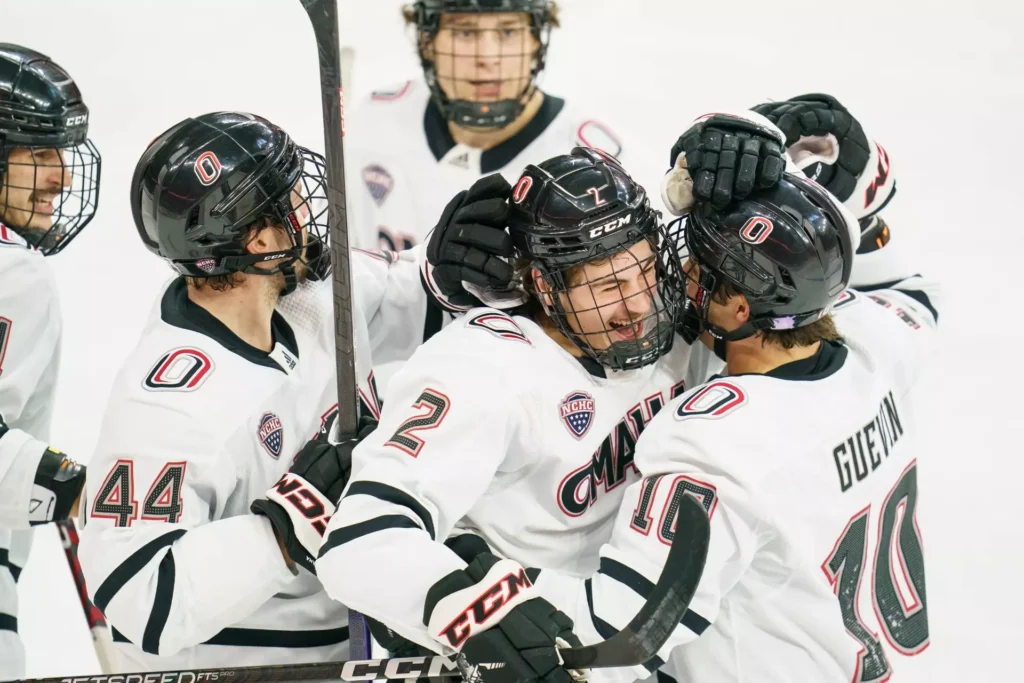
“The impact of payments on their status remains unclear,” the university said. “It also raises tax questions that may impact financial aid packages.”
Blankley explained that the settlement creates significant complications for international student-athletes.
Because most are in the U.S. on student visas, they are generally prohibited from working, which includes receiving NIL deals or revenue-sharing payments, without risking their immigration status. “A Ukrainian hockey player could be on a billboard in Ukraine, but not in Omaha,” she said. While international athletes can earn income from endorsements in their home countries, they cannot legally accept similar deals while in the U.S.
It’s unclear how revenue-sharing payments will be handled. Still, Blankley said they’re likely to be treated the same as NIL income, meaning many international athletes may not be able to participate at all.
Creighton opts in to stay competitive
Creighton University has opted into the NCAA’s House settlement and plans to begin sharing revenue with student-athletes in the 2025-2026 academic year.
“We fully expect to be participating in revenue sharing,” said Athletic Director Marcus Blossom, adding that the decision was made early in the process. “We want to compete with the best in the country in several of our sports, especially men’s basketball.”
Blossom said the university considered both strategic and logistical factors. Opting in allows schools to distribute revenue directly from the university, rather than relying on third-party donors or collectives. “We felt like we could generate the revenue from all our different revenue streams, and to do that and not be able to give to student-athletes … wasn’t in our best interest,” he said.
While Creighton declined to share exact financial figures, Blossom confirmed that only select teams will receive direct payments, specifically those that are revenue-generating or nationally competitive. “Men’s basketball will (receive revenue)… That’s our No. 1 priority,” he said.
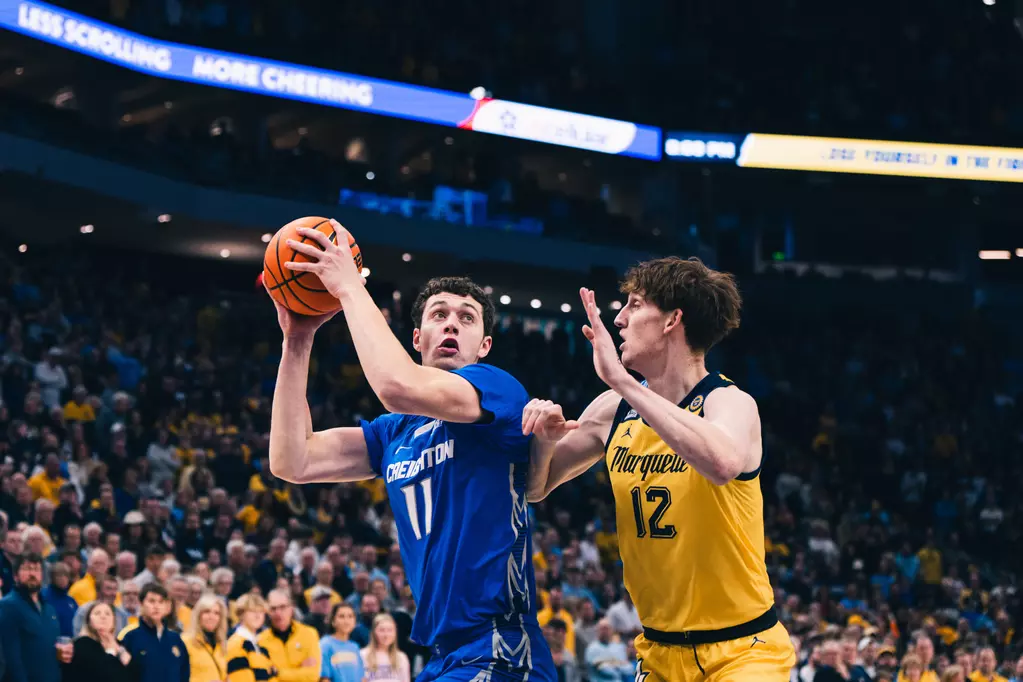
Blossom also acknowledged ongoing uncertainty around Title IX compliance and payments to international athletes. “Currently, there’s some gray area … so we’re monitoring it and complying with the current rules,” he said. “Everyone would like a little more clarity.”
Despite the unsettled legal landscape, Blossom said Creighton is in a strong financial position to move forward without cutting sports or reallocating academic funding. “We have incredible support from Omaha and the surrounding communities, fans, donors, corporate sponsors, all of the above,” he said.
Nebraska plans to opt in
At the University of Nebraska–Lincoln, the athletic department confirmed its intent to opt in earlier this summer but declined to give an updated comment following the settlement’s final approval. In a June 6 statement, UNL Athletic Director Troy Dannen said Nebraska “has spent the past year planning for this resolution” and is “fully committed to participating in revenue sharing with our student-athletes to best position Nebraska for future competitive success.”
Starting July 1, schools can now share up to $20.5 million annually with athletes. Behind the scenes, UNL athletics officials acknowledged to athletes that some departments are expected to cut costs in other areas, including scholarships, staff or nonrevenue sports to make room in their budgets.
One immediate casualty at UNL is the N-Vest program, also known as the Alston award. That program is being discontinued in anticipation of the revenue-sharing cap. The move signals that even well-funded athletic departments like Nebraska’s are feeling the financial pressure of the new revenue-sharing model.
UNL’s situation is further complicated by its large football roster. Under the old NCAA rules, schools could have unlimited team sizes as long as they stayed within the 85-scholarship limit. Nebraska, known for its deep walk-on tradition, routinely fielded teams with 150 or more players. But now, roster limits will replace scholarship limits, a change that could force tough decisions in the coming years.
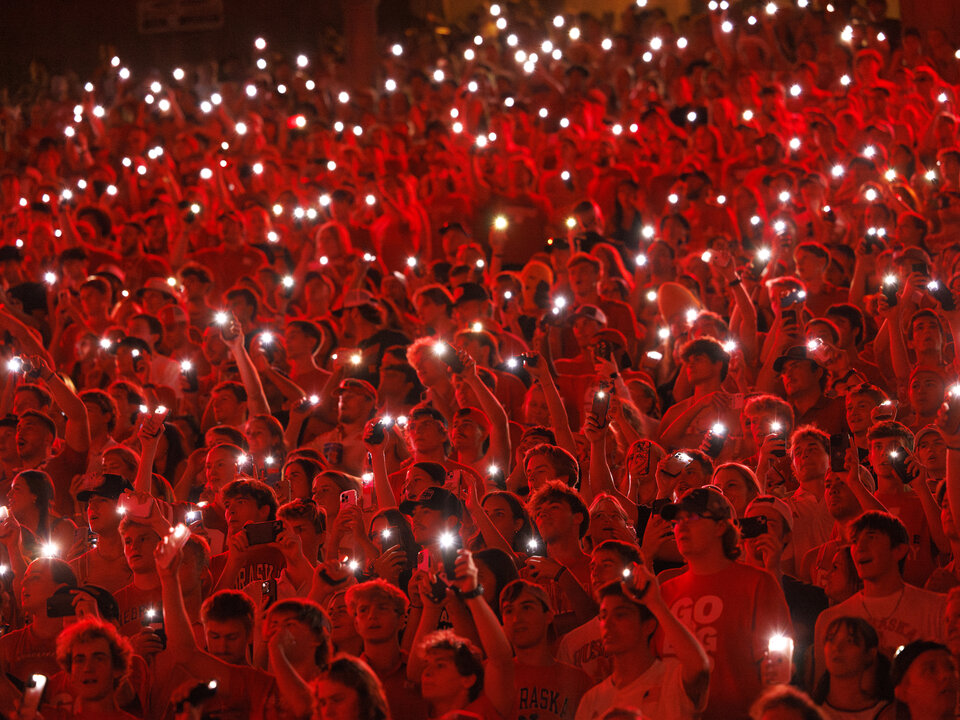
Still, current athletes won’t be affected. “The current student-athletes are going to be grandfathered in and cannot lose their spot to roster limits,” Blankley said. That means athletes who are already on the team before the new rules take effect will be allowed to stay, even if the roster exceeds the new cap. However, after that, schools will have to comply with those limits when adding new players.
According to reporting by the Omaha World Herald, Dannen shared that 40 to 50 football players will have a type of direct revenue share. The general strength of the university’s women’s programs may lead to a “higher percentage” of resources going to those teams relative to other power institutions. Volleyball will get “a big chunk.” He also said some of the $20.5 million will be held back for future allocation.
Legal uncertainties
Despite the sweeping nature of the settlement, it leaves major questions unresolved, especially around Title IX, the federal law requiring gender equity in education and athletics.
“There are huge issues with Title IX that are unresolved,” Blankley said. “We don’t know what’s going to happen. There are already appeals to the House settlement on Title IX grounds.”
Early estimates across the country suggest that around 75% of future revenue-sharing payments may go to football players, 10% to men’s basketball and just 5% to women’s basketball, with the remaining 10% split among all other sports. That distribution has prompted concern about whether women athletes are receiving a fair share.
If schools fail to balance those payments, they risk facing lawsuits or being compelled to expand scholarships or benefits for women athletes, a challenge that may disproportionately affect smaller programs.
The legal uncertainty doesn’t stop there. The question of whether athletes should be classified as employees is also heating up from the House settlement. By allowing direct revenue sharing, the settlement moves college sports closer to an employer-employee relationship, which opens the door to more legal and regulatory scrutiny.
If ongoing lawsuits like Johnson v. NCAA succeed, schools could be required to pay every athlete, including those in Olympic and nonrevenue sports, at least minimum wage and overtime. That could trigger ripple effects, including program cuts or broader changes to athletic department structures.
“If student athletes are employees, then they all need to be paid,” Blankley said. “Certainly, no athletic department is in a position where they could pay even minimum wage to all of their student athletes.”
Employee status could also bring other consequences, like eligibility for workers’ compensation, unemployment insurance and the right to bargain collectively. The Johnson case is still moving through the courts, but a ruling in favor of the athletes could transform college sports even more than the House settlement.
Nebraska’s NIL law adds another layer
Nebraska’s NIL law, passed in 2020, grants broad rights to student-athletes while protecting schools and third parties from NCAA penalties. It allows athletes to profit from endorsements, promotes NIL education and permits schools to support and facilitate deals through platforms such as Opendorse.
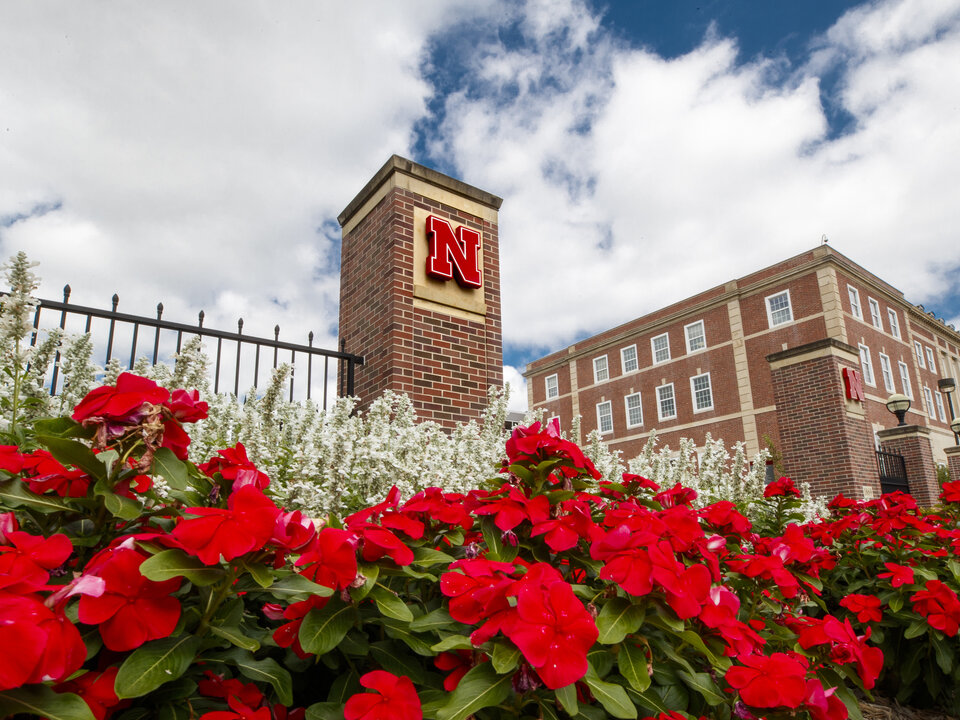
But under the new House settlement framework, any NIL deal worth more than $600 must now be reviewed by a national clearinghouse run by Deloitte and a new enforcement entity called the College Sports Commission. This raises concerns about who holds authority: state law or the new national framework?
“More than half of the states have their own legislation. And they’re not consistent, which is a problem,” Blankley said. “And then you have the NCAA rules, which are not consistent with the state rules … But they’re not law, they’re rules.”
The absence of a federal NIL law has left the NCAA and its member schools to navigate conflicting state statutes. That makes the new enforcement power of the College Sports Commission especially contentious in states like Nebraska, where local law may contradict national guidance.
It’s still unclear how Nebraska’s permissive statute will interact with the new settlement requirements, especially if the CSC begins penalizing schools for noncompliance. Legal experts warn that further litigation may emerge if the national rules are seen as overriding state protections.
Student-athletes in nonrevenue sports express concern
Ali Bainbridge, a University of Nebraska-Lincoln track and cross country runner, said the House settlement raises as many concerns as it does opportunities. She supports the principle behind NIL but worries the current system is skewing too far toward profit.
“In a lot of ways, NIL was great, but I think it’s gotten a little out of hand,” she said. “People are staying in college just because they’re making more than if they went pro, which is kind of crazy.”
Bainbridge, who is not in a revenue-generating sport, said she hasn’t been part of any conversations about the university’s plans for revenue sharing and only found out about certain benefit cuts right before they happened. “Even my coaches haven’t really talked about it,” she said. “It’s kind of assumed that we’re not going to be affected that much in a positive light.”
Over the past year, she said, UNL’s track and cross country teams have faced roster cuts and reductions in support like summer meal stipends and Alston award add-ons. The loss of the Alston award came as a surprise. “That’s a big chunk of money,” Bainbridge said. “And it’s kind of coming out of everyone’s scholarship now.”
What concerns her most, though, is the lack of equity and Title IX oversight in the revenue-sharing plan. “It’s pretty much a settlement all for football,” she said. “It’s frustrating. I was shocked there wasn’t any real consideration for women’s sports. I just wish they would talk to the athletes who are going to be affected the most.”
What happens next
As schools weigh their options, many, like UNO, are choosing a cautious approach for now. The following year will bring more clarity, as schools finalize whether to opt in, new rules around NIL and revenue sharing are implemented and Congress faces increasing pressure to enact federal legislation.
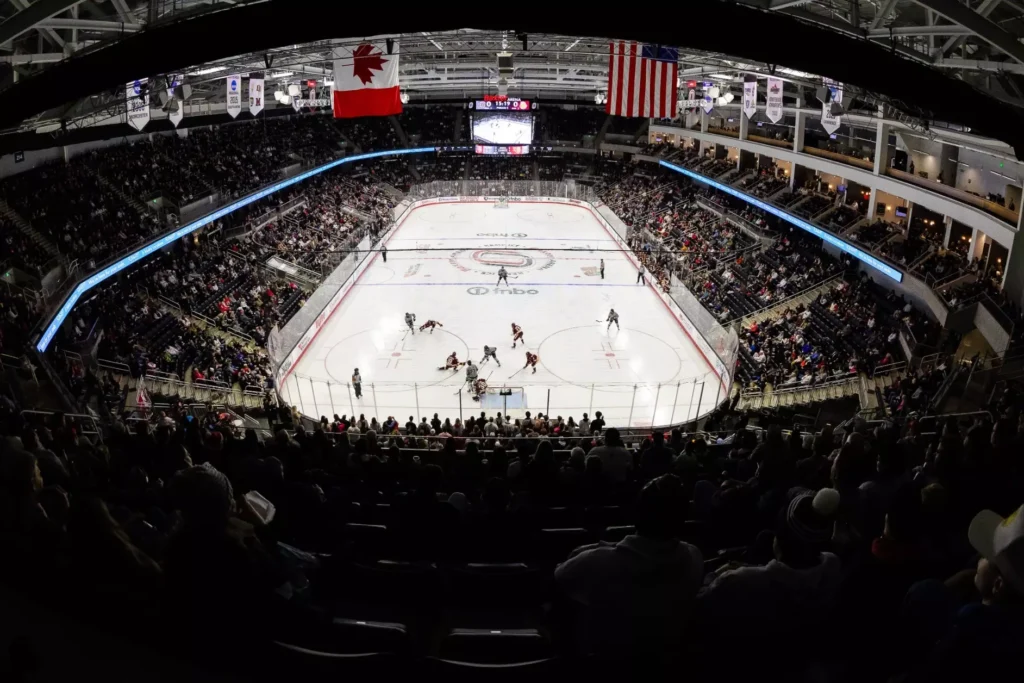
The NCAA must coordinate with the College Sports Commission and handle resistance from lawmakers, legal appeals and uncertain compliance timelines. Athletic departments are re-evaluating budgets, staffing and recruiting while trying to maintain parity. Smaller schools may struggle, while Power 5 programs prepare for a future resembling professional sports more than amateur competition.
But already, the business model of college athletics is undergoing irreversible change.
“We are in such a huge time of transition,” Blankley said. “NIL is not settled. Employment law is not settled. Revenue sharing is not settled. The courts are looking at all of these things. Congress is looking at all of these things. We don’t know what’s going to happen.”

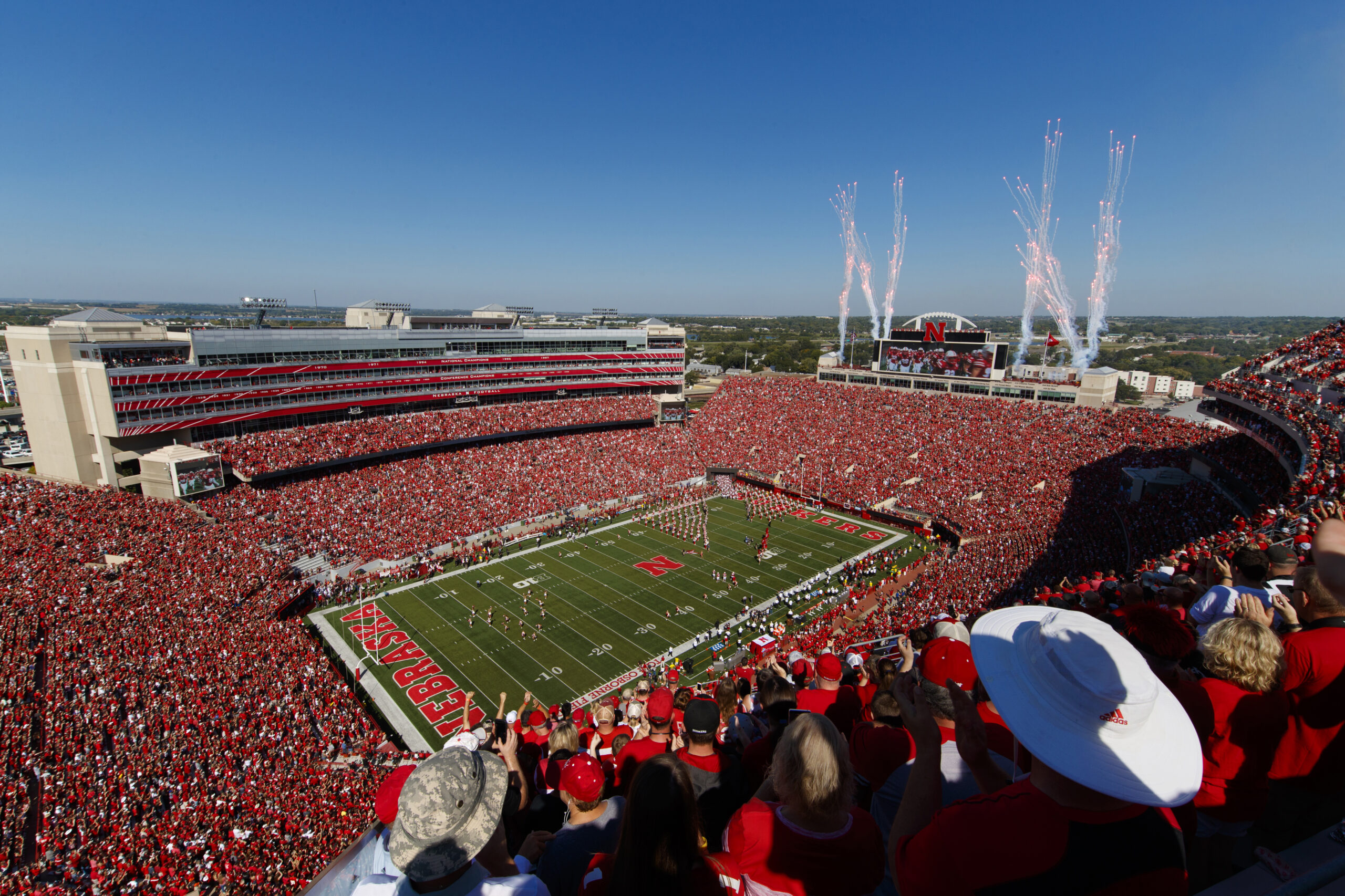
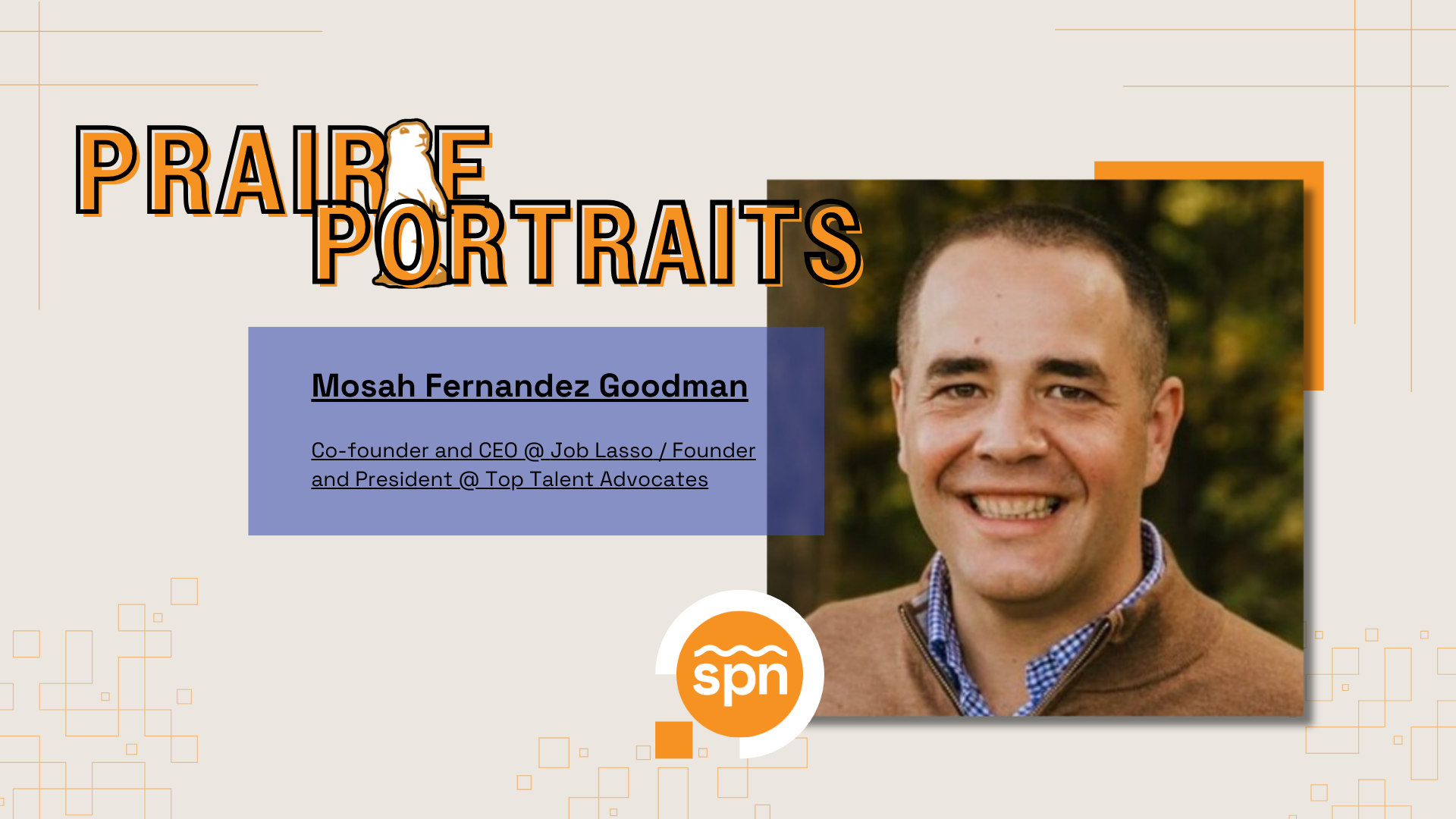

Leave a Reply